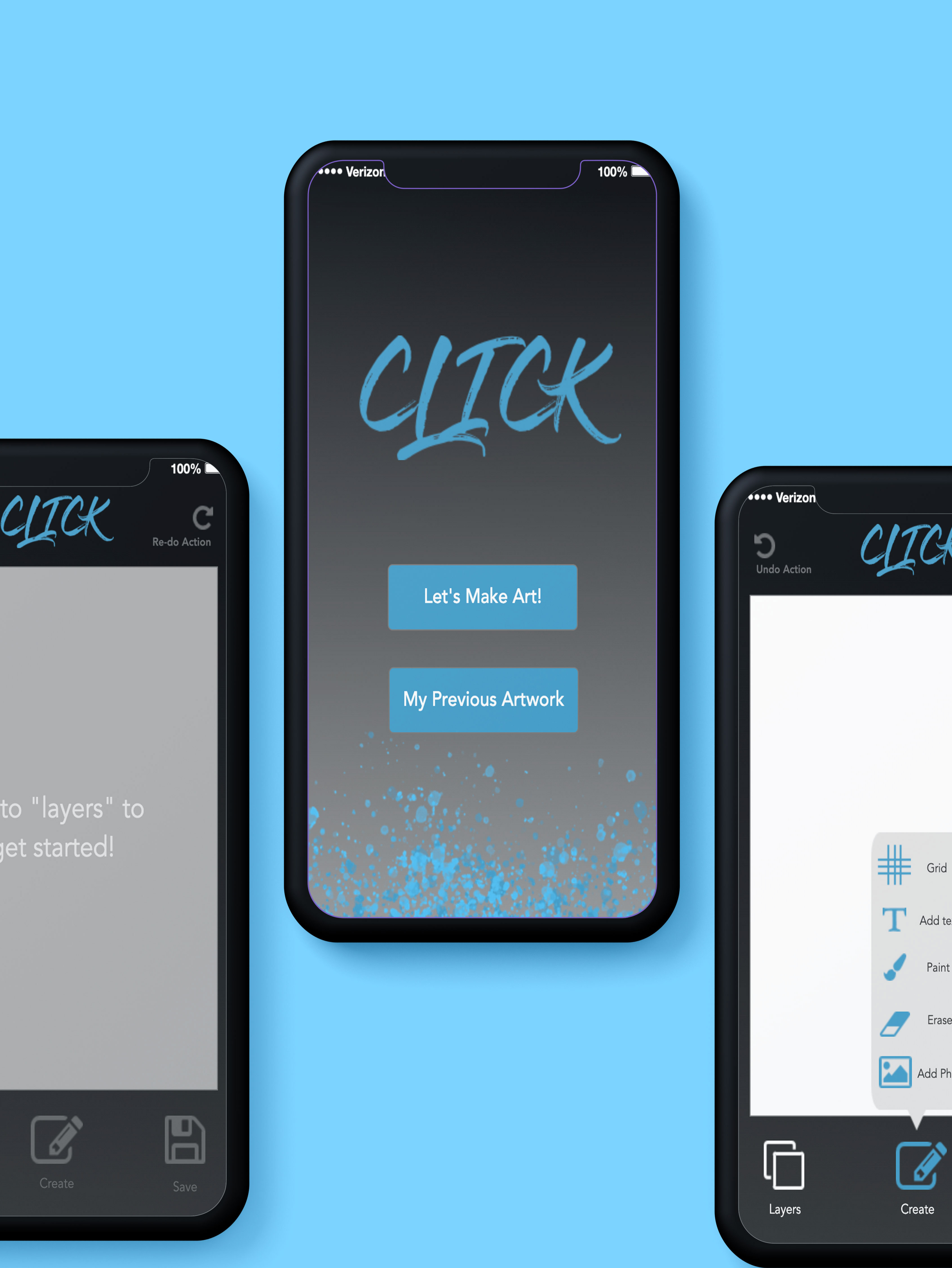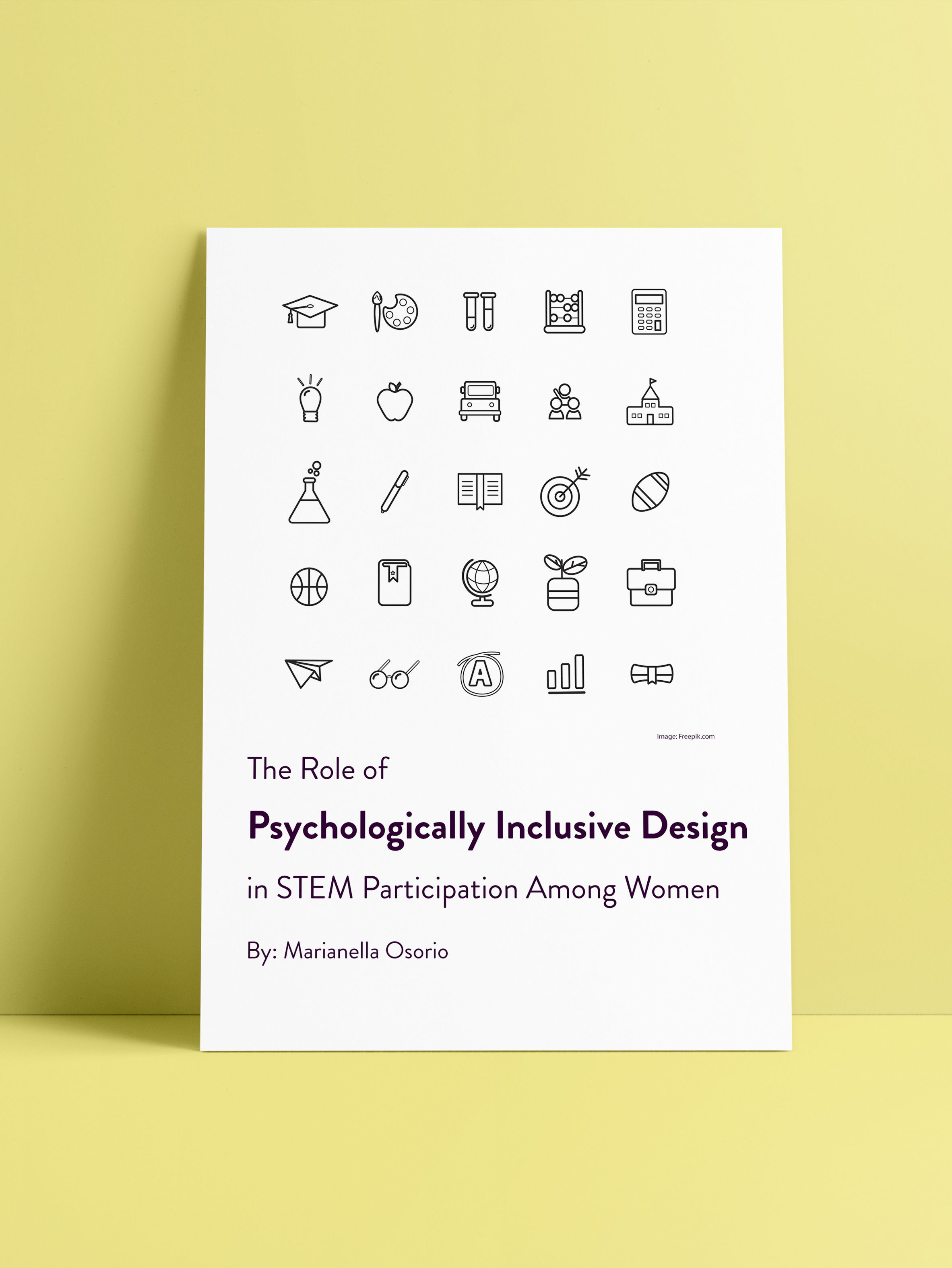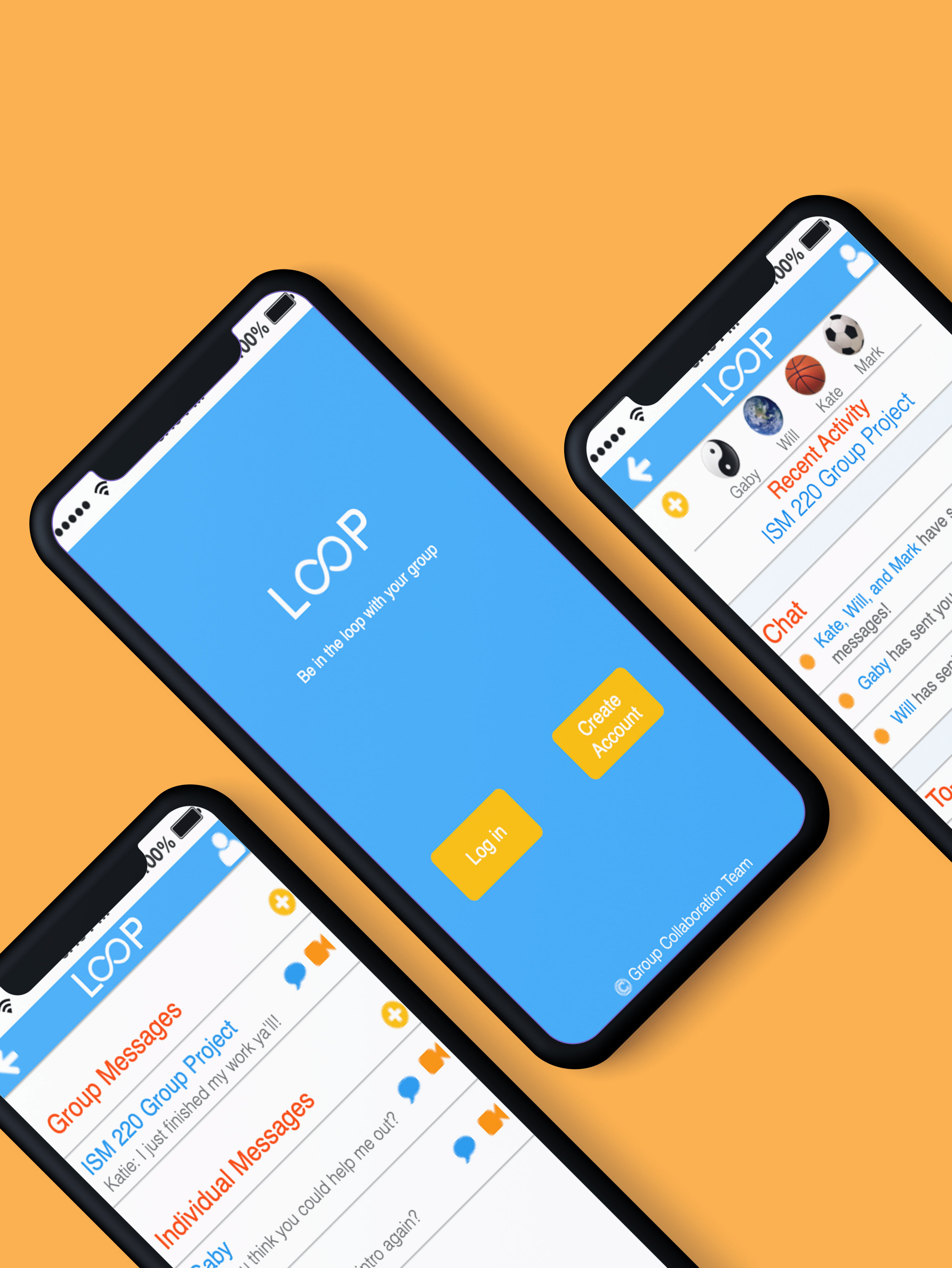WHAT IS THE TECHNOLOGY FOR SOCIAL GOOD LAB (TSG)?
The Technology for Social Good Lab, or TSG, is a design and research lab at DePaul University. The lab brings together faculty, students, and other collaborators to design, build, and study tools with the goal of fostering equitable education and empowerment in urban communities. Taking a human-centered approach, research projects draw from various fields such as learning sciences, computer science, human-computer interaction, and many others to address social issues, particularly in the areas of empowerment, learning, and human development.
WHAT IS DIGITAL YOUTH DIVAS (DYD)?
Digital Youth Divas is an NSF-sponsored project that explores out-of-school learning. As technological and mobile devices continue to become pervasive in our lives, young women, overwhelmingly, have opted to pursue non-STEM areas of study, leaving a growing number of STEM career opportunities on the table. Prior research suggests that middle school is the ideal time to engage girls in STEM exploration. In this research project, we work to expose Black and Latina middle school girls to “non-traditional” learning pathways where they learn a variety of technical skills through the completion of digital challenges and activities.
THE DYD GOAL
Using technology, design, and community to allow girls to explore STEM subjects in hopes of fostering long-term interest in STEM fields, strengthening students’ self-efficacy regarding their ability, and challenging traditional stereotypes regarding who should be in STEM.
MY ROLE
Undergraduate Research Assistant (2019-2020)
Graduate Research Assistant (2020-2022)
PUBLISHED PAPER: SIGCSE 2021 TECHNICAL SYMPOSIUM
Through my work as a Graduate Research Assistant at DePaul's TSG Lab, I had the opportunity to be an author on a research paper that focused on the effectiveness of communication and engagement methods used in an out of school program for Black and Latina middle school girls. This poster paper was published to the SIGCSE 2021 Technical Symposium.
This study focused on the effectiveness of parent communication and engagement in an out-of-school (OST) STEM program for Black and Latina middle school girls. Through analysis of email open rates, a post-program survey, and attendance records, we found that our communication was successful in reaching parents, despite a drop in parent participation in online events during the pandemic. Our results suggest that communication efforts should be consistent, personalized, and inclusive. For CS educators interested in engaging families, we propose that a multi-layered communication approach is required to maintain connection with parents, especially during unpredictable circumstances.
A key to our approach was to employ a Community Relations and Engagement Manager (CREM), a local parent with experience building networks. The main communication method used to engage parents was scheduled emails in English and Spanish. During the pandemic, short message service (SMS) and phone calls were also used. To assess the effectiveness of our approach, we evaluated data sources including records of our communication efforts, email analytics, parent surveys, and event attendance.
Pre-pandemic, our efforts were effective in building a network for parents to build a parent community, and parent attendance at network events was high. Overall, communications were consistent, personalized, and inclusive. However, post-pandemic, we observed a drop in parent attendance in CAN online events.
On average, the pre-pandemic email open rate was 61% vs. 51% post-pandemic, indicating that parents were still opening emails post-pandemic. Despite the decline, surveys suggested that parents found email and SMS to be most effective. Surveys also indicated parents maintained interest in CAN events post-pandemic but did not participate as much due to competing demands.
In the end, we found that to engage families in OST computing programs, our results suggest a multi-layered communication approach to maintain parent connection. Assuming continued online activities due to the pandemic, we plan to continue developing ways to communicate and understand the needs and strengths of Black and LatinX families.
Because our research was accepted as a poster paper for the symposium, I was also on the Poster Design team and was the lead designer creating & designing the poster that was presented in the SIGCSE poster sessions (and the one you see below!).
Link to access full paper: https://dl.acm.org/doi/abs/10.1145/3408877.3439633






